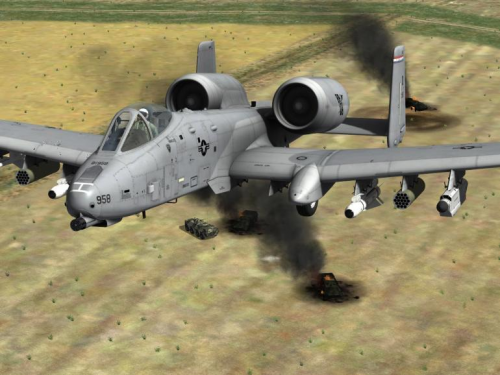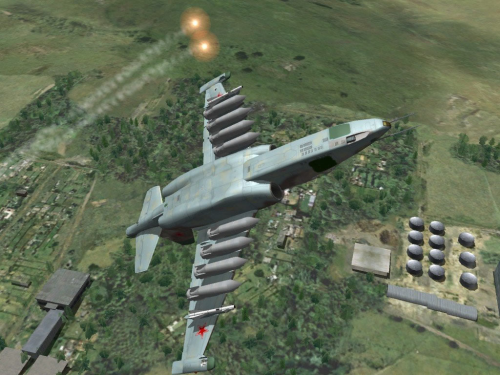Lock On Video Game Foresaw War in Crimea 11 Years Ago
We have yet to see whether there is going to be a war in Crimea, or not, and our most sincere wishes for the Crimean people to live in peace, but technology and science-fiction have been predicting a war in the Crimea for more than 11 years now. Was it so obvious that sensitive people saw it coming, or is it just a coincidence? Let us see at least one example relevant to tech and video gaming industry, but the actual scope of such examples is chillingly numerous in cinematography and literature.
Lock On is a video game developed by a group of Russian designers in 2003. Back then, the Ukraine was independent, the Crimean peninsula was peaceful, and the Orange Revolution was still a year ahead. The international community was focused on Iraq, where the US military were forcing democracy upon the people of a sovereign state. It seems that nothing at that moment suggested a scenario that was implemented by Russian developers for a future Crimean-Ukrainian war that nowadays can make your heart stand still - it is so realistic.
UbiSoft Entertainment released its first version of Lock On: Modern Affair Combat in 2003. The game was a very complex and highly detailed flight simulation for Windows PCs, featuring ultra-realistic visual effects, and rated at the time as the best game in its genre worldwide. It was designed by Moscow-based LOMAC Eagle Dynamics, a name widely known among flight simulation aficionados, and featured naval and ground warfare, and most importantly, air combat.
The game was set in Crimea more than 10 years before we see an escalation of conflict between the Ukrainians, Russians, Americans and the people of Crimea in the middle. LOMAC designers envisioned a world, where the Crimean peninsula was the center of the 21st century international conflict between NATO allies and Russia. How creepy is that?
In the world of Lock On, Ukrainian forces had the options to fight with the Russians, as was envisioned in 2003, or it against them, as looks more probable today. Clearly, the programmers were geopolitically savvy because they even foresaw the probabilities of the regional division and involvement of various neighboring countries, adding aircrafts for a variety of neighboring countries, controlled by the computer, for Turkey and Georgia, not to mention NATO forces from Great Britain, Canada, France, the Netherlands, Germany, Spain, Belgium, Denmark and Norway. These were all participants in the NATO’s war in the former Afghanistan and Yugoslavia. Notably, the developers left aside the Italians, who fought both in Yugoslavia and Afghanistan, and added the Israelis, who fought in neither.
It may make your hair rise if you play this game today because players can take off and land in Sochi, this year’s host of Winter Olympics, and currently host of Winter Paralympics games.
Gamers were somewhat puzzled by the decision of the developers to locate the conflict in Crimea back in 2003. After all, for that moment it was more relevant to the Russians to place military conflicts in Chechnya, rather than Ukraine and Crimea. At the time, it seemed far more probable that Russians would still be engaged in Chechnya, rather than turn their attention to the Ukraine, which was peaceful. Besides, Russia and Ukraine share thousands of years of intertwined and deeply connected history together.
11 years later, LOMAC developed into the Digital Combat Simulators series, and the Crimean-based game is still on offer for flight simulation devotees. The developers are still politically engaged, sophisticated and highly informed: the game’s scenario expanded, and now includes part of the Caucasus. In addition, gamers can simulate the Russian-Georgian conflict in 2008.


